Big cats, encompassing majestic animals like tigers, lions, leopards, and cheetahs, are revered as symbols of power, grace, and wilderness. These charismatic creatures possess an array of fascinating adaptations that have enabled them to thrive across diverse and challenging environments. Discover these remarkable survival adaptations as we delve into the secret weapons that make big cats some of the most formidable predators on the planet.
Adaptation 1: Exceptional Night Vision
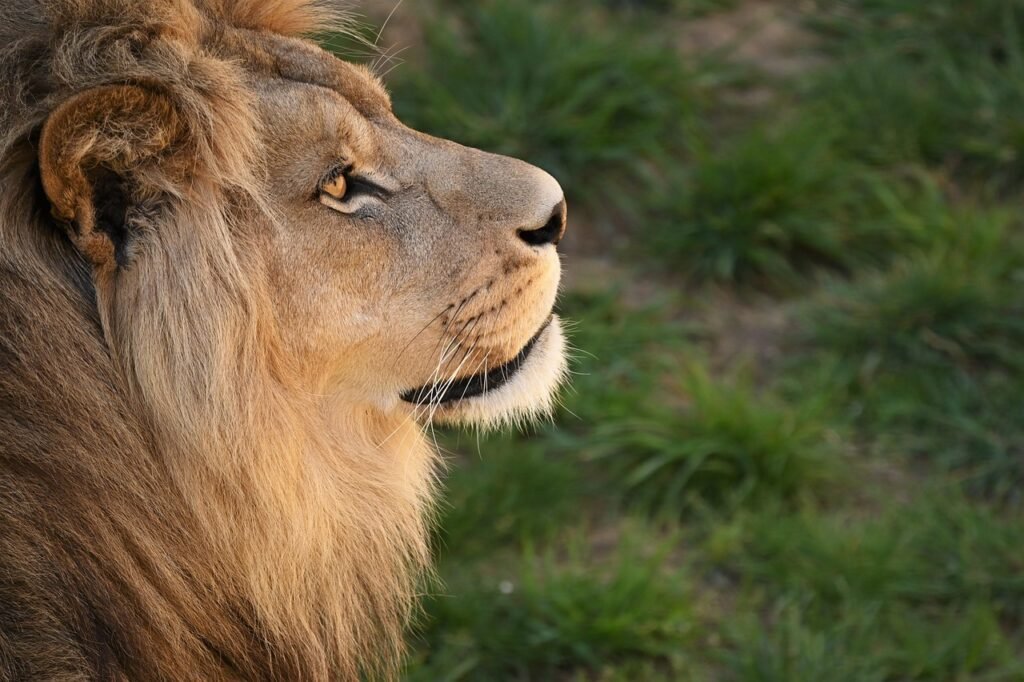
Big cats often hunt under the cover of darkness, capitalizing on their extraordinary night vision. Unlike humans, these apex predators possess a higher concentration of rod cells in their retinas, enabling them to see in low-light conditions. Additionally, their eyes are equipped with a reflective layer called the tapetum lucidum, which enhances their ability to detect prey in the dark. This adaptation makes them formidable hunters during nighttime hours.
Adaptation 2: Stealthy Movement
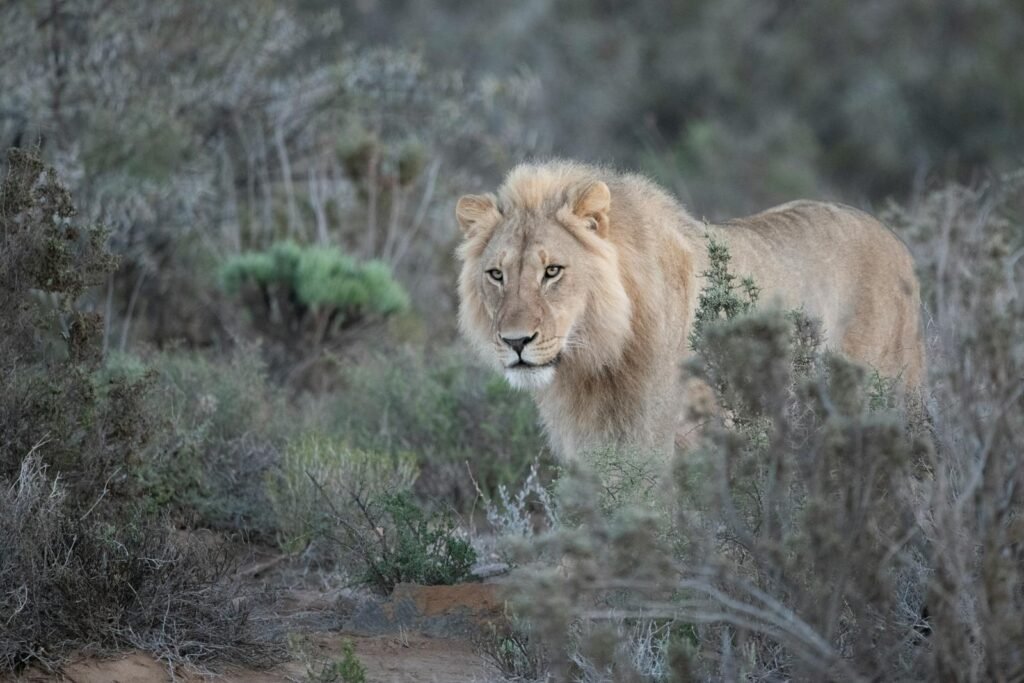
Silent and cat-like movements are not just idioms; they are a reality for these predators. Big cats have adapted to move silently, thanks to padded paws and retractable claws. This stealthiness allows them to approach prey undetected, increasing their chances of a successful hunt. The design of their muscles and limbs also facilitates agility and sudden bursts of speed, critical for capturing prey with swift precision.
Adaptation 3: Powerful Jaws and Teeth
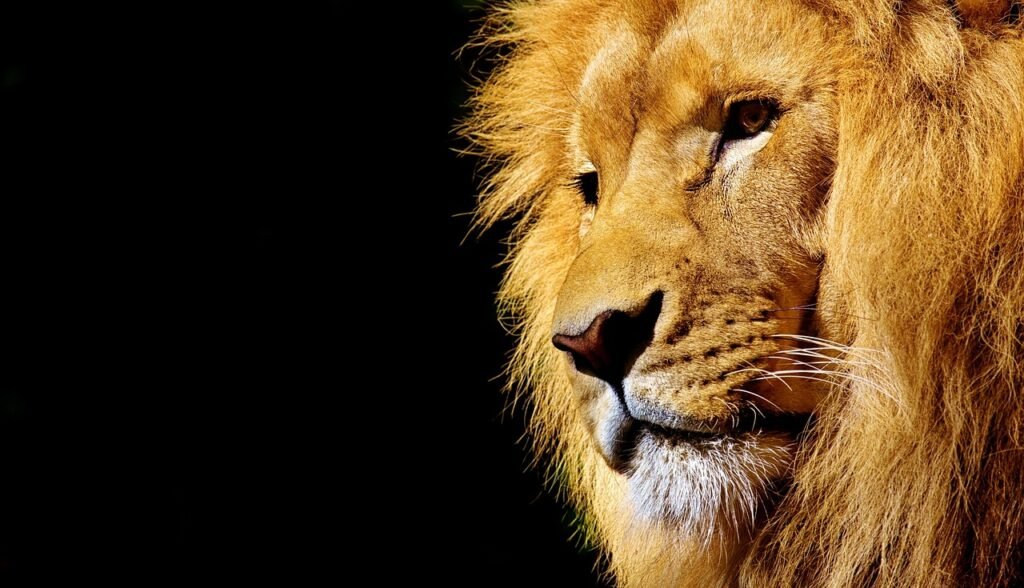
The jaw structure and dentition of big cats are perfectly suited for their carnivorous diet. Their strong, muscular jaws exert immense pressure to puncture through tough hides, while their sharp canines and carnassial teeth are designed to shear flesh and crush bone. This adaptation ensures that they can efficiently process their prey, maximizing their nutritional intake.
Adaptation 4: Camouflage Coloring
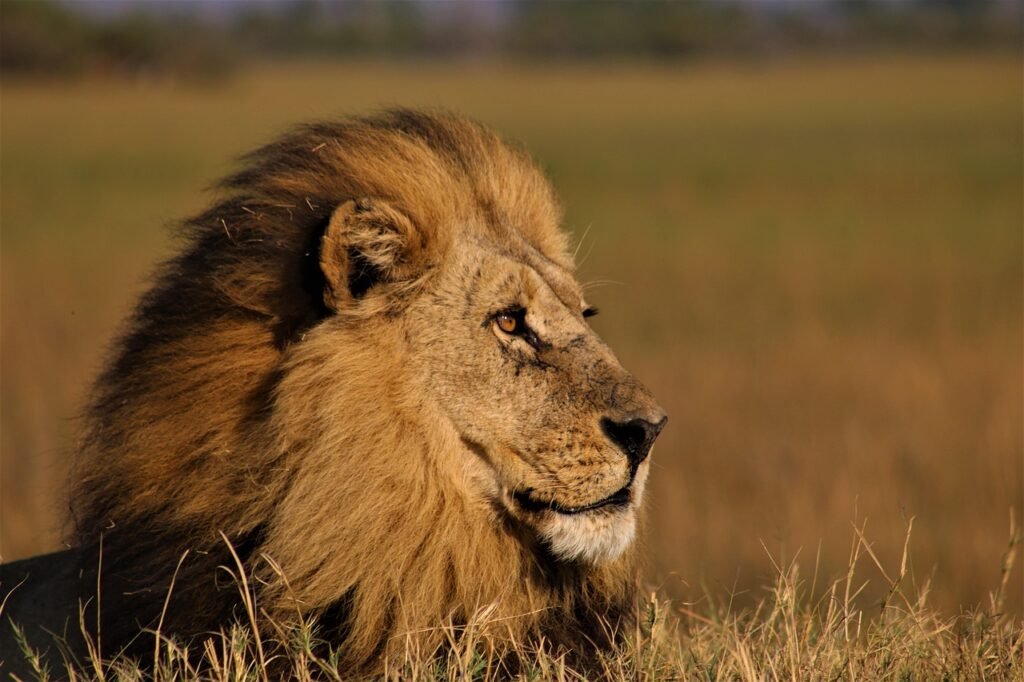
Big cats have mastered the art of concealment with their unique fur patterns and colors. Tigers, for example, possess striped coats that blend in with the dappled light of forests, while leopards and jaguars feature rosettes that mimic the spotted shadows of tree canopies. This natural camouflage not only aids in hunting but also provides protection from other predators and rivals.
Adaptation 5: Acute Hearing
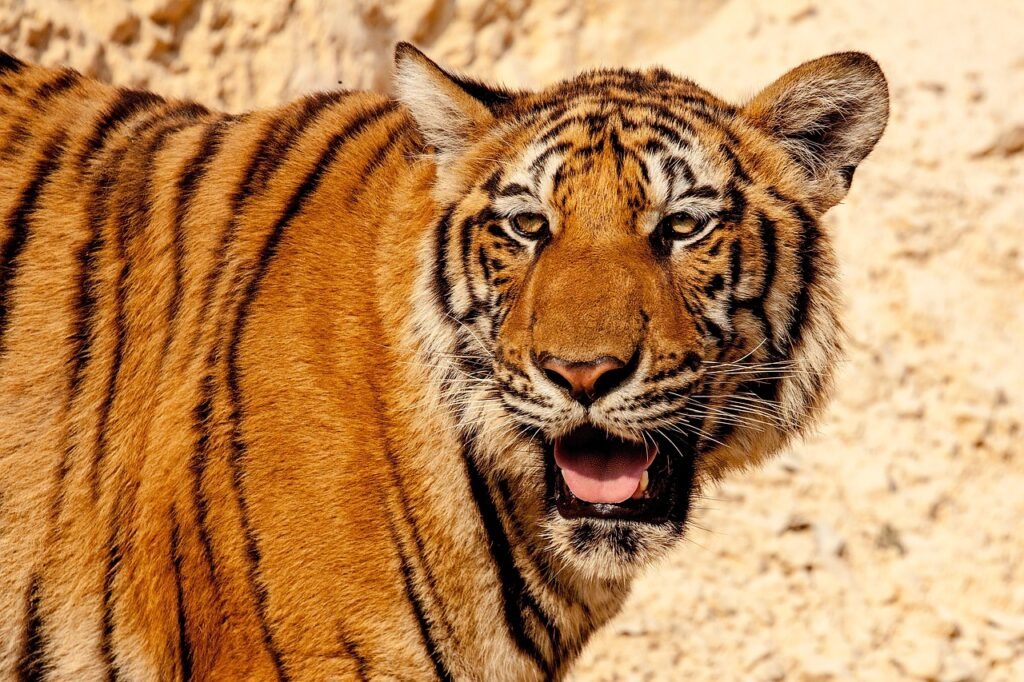
Equipped with large, sensitive ears, big cats have a heightened sense of hearing that allows them to detect the faintest rustle of prey or the approach of potential threats. This acute auditory ability plays a crucial role in their survival, helping them to locate food and avoid danger in the wild. In the case of cheetahs, their specialized ear canals can even pinpoint the direction of sounds, aiding in high-speed chases.
Adaptation 6: Keen Sense of Smell
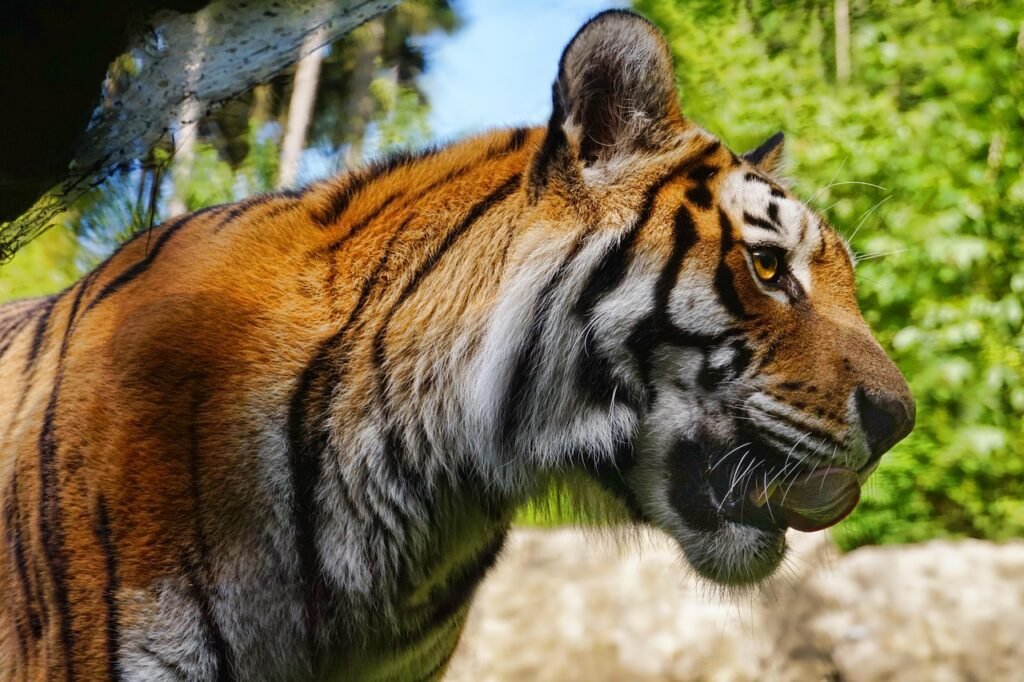
A strong sense of smell is another critical adaptation among big cats. They use olfactory cues to identify territory, track prey, and detect the presence of other animals. Tigers and lions, for instance, possess a specialized organ called the Jacobson’s organ that enables them to pick up pheromones, further enhancing their ability to communicate and navigate their environment effectively.
Adaptation 7: Large Territory and Territorial Behavior
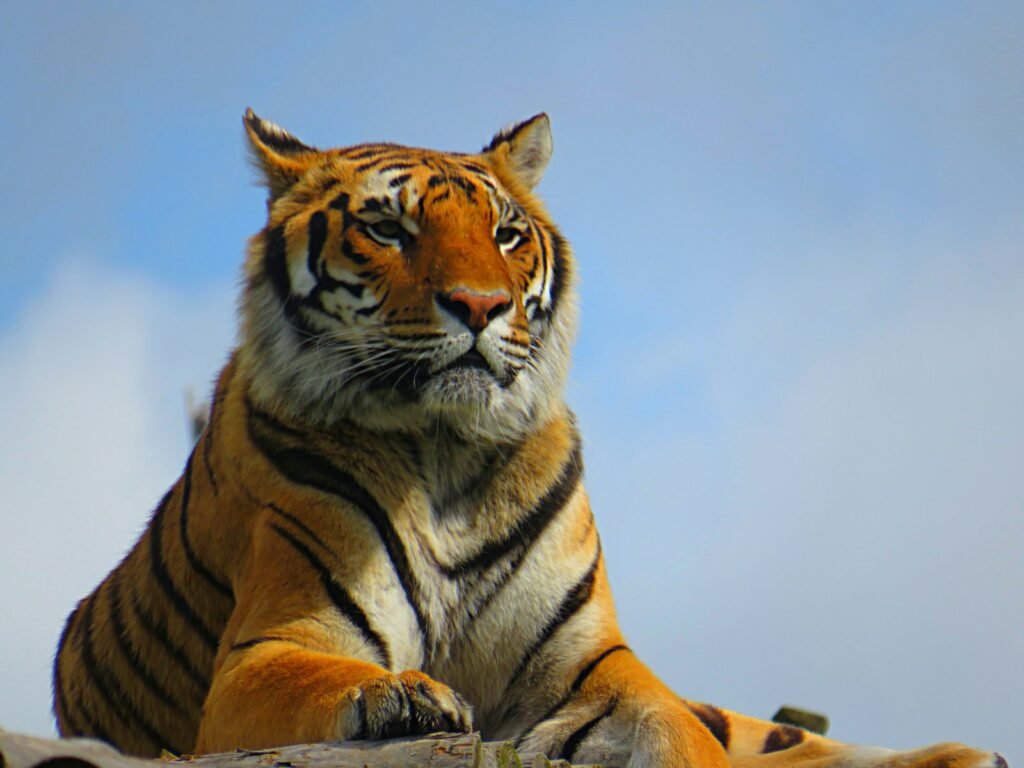
Maintaining extensive territories is essential for big cats to ensure a steady supply of resources and reduce competition. These territories can span hundreds of square kilometers, depending on the species and available prey. By marking their range with scent markings and vocalizations, they assert dominance and ward off rivals, which helps them maintain the delicate balance of their ecosystems.
Adaptation 8: Strong Social Structures
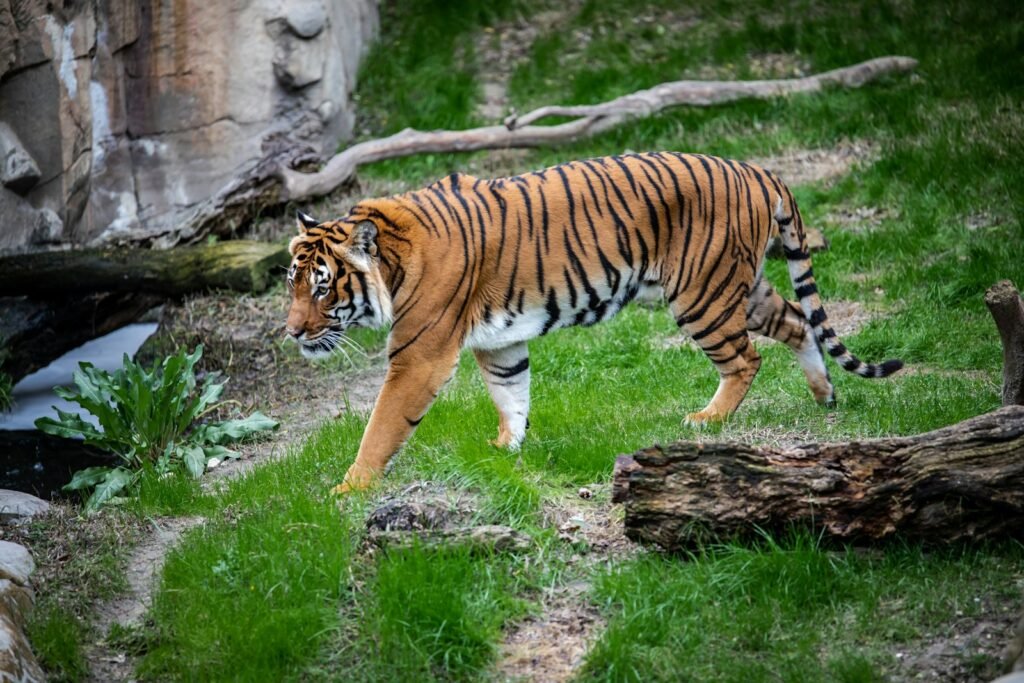
Social structures play a vital role in the survival of certain big cats, such as lions. Lions form prides that provide advantages such as cooperative hunting, protection, and rearing of young cubs. These familial bonds enhance their ability to thrive in the wild, as collaborative efforts increase hunting success rates and ensure the safety of their group members.
Adaptation 9: Adaptability to Various Habitats
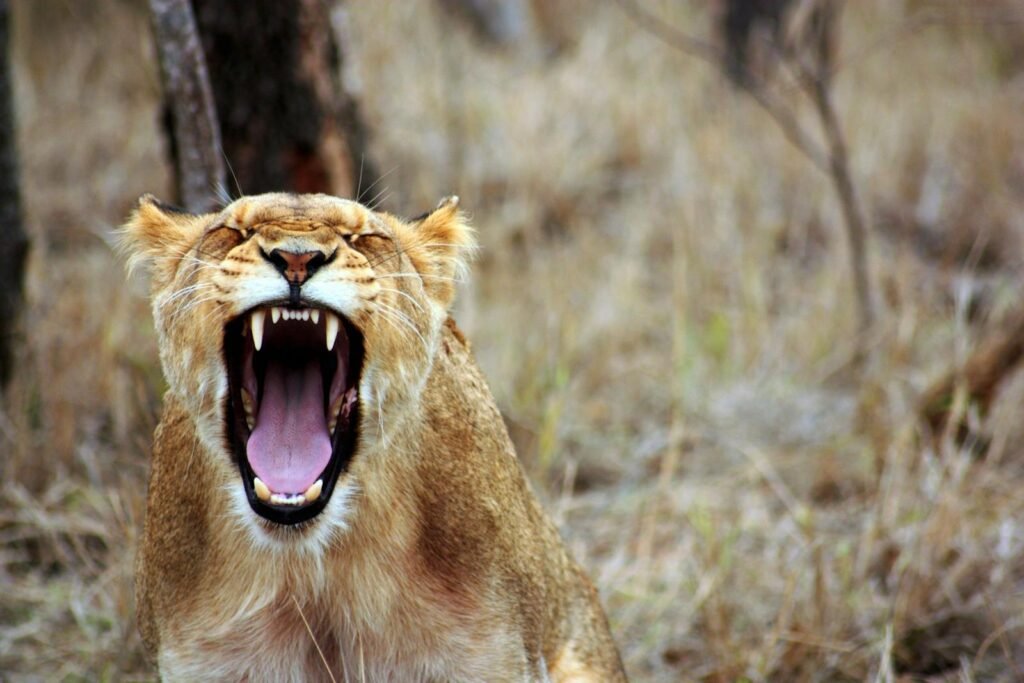
Big cats exhibit remarkable adaptability to a range of environments, from tropical rainforests to arid deserts. This flexibility in habitat preference allows them to exploit available resources and sustain viable populations even in harsh conditions. Their ability to thrive in diverse settings is a testament to their evolutionary resilience and cunning strategies for survival.
In summary, the survival adaptations of big cats underscore their resilience and formidable presence in their ecosystems. These magnificent predators have evolved an impressive arsenal of tools that ensure their success as hunters and their continuity as species. Understanding and appreciating these hidden adaptations not only enriches our perception of big cats but also inspires efforts to conserve their natural habitats and protect them from the threats they face today.
Hi, I’m Bola, a passionate writer and creative strategist with a knack for crafting compelling content that educates, inspires, and connects. Over the years, I’ve honed my skills across various writing fields, including content creation, copywriting, online course development, and video scriptwriting.
When I’m not at my desk, you’ll find me exploring new ideas, reading books, or brainstorming creative ways to solve challenges. I believe that words have the power to transform, and I’m here to help you leverage that power for success.
Thanks for stopping by, Keep coming to this website to checkout new articles form me. You’d always love it!






